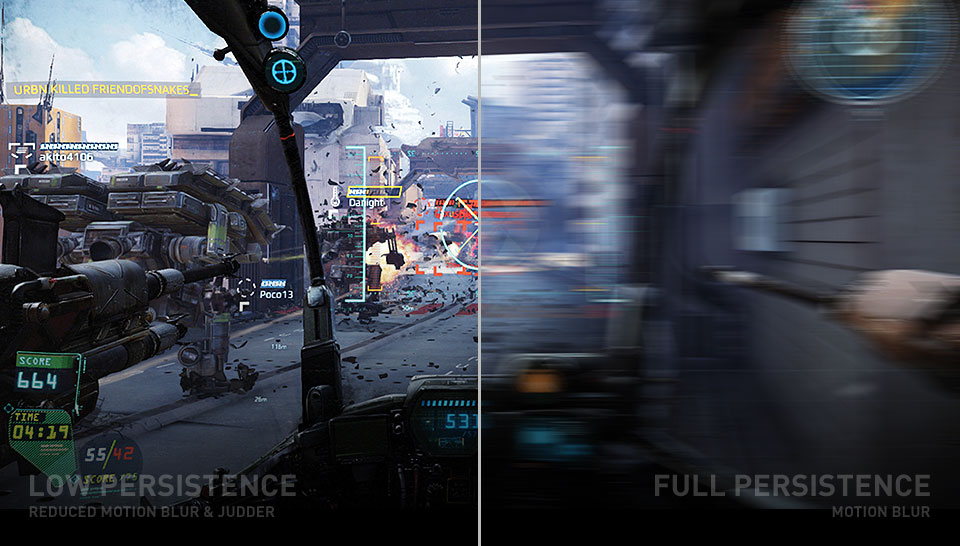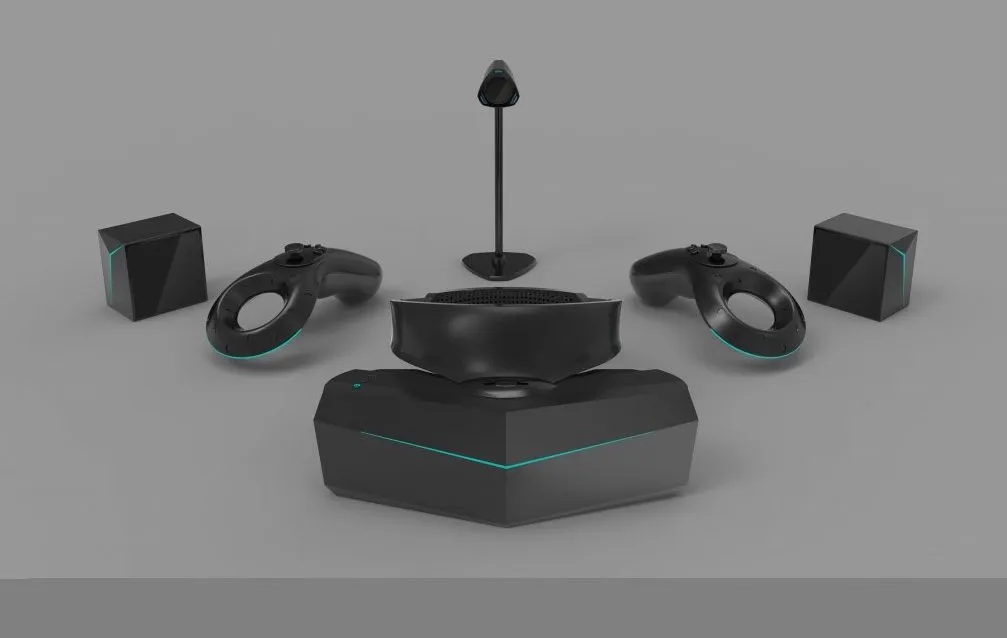Being told that something is impossible often is the best motivation to make it so, and that seems to be exactly what is happening with the VR and AR industry.
Earlier this year at Oculus’ developer conference, Oculus Connect, the company’s Chief Scientist, Michael Abrash, stepped on stage to present his predictions for the near term future of VR and AR. Things like eye tracking, wireless desktop hardware, and more he says are still many months to a number of years away – but that sure isn’t stopping folks from trying hard to prove them wrong. The team at Pimax are some of those folks.
Previously, Pimax released a 4K-mobile based VR headset solution but next week at CES, the company will unveil a headset that it claims has 4k per-eye resolution (2x 3840*2160) and a 200-degree field of view – something that Abrash stated wouldn’t be around until 2021. The headset is said to hit sub 18-millisecond latency, and it appears it will also feature positional tracking and hand tracked controllers with what appears to be an amalgamation of Valve’s light house tracking technology and Oculus’ camera based solution.
Now, stats are great and all, but this is CES – land of the vaporware – so we aren’t planning to hold our breath that this new contender will accomplish this feat in a way that provides an excellent experience.
According to the company the headset will use two 4K LCD screens to achieve this resolution, a possible red flag for those who follow the industry closely. Each of the major VR headsets currently use an OLED screen for a number of reasons, including higher speed pixel switching times which help prevent ghosting in the display, deeper black levels, and low persistence which reduces motion blur. In a lot of ways OLED displays are better optimized for a VR experience, though Pimax claims to have made a “breakthrough” in LCD display tech that will improve its response time. We will be sure to report back on this when we get our hands on with it next week.

As for the field of view (FOV), we look forward to seeing how well executed the optics are. Typically there are sacrifices that come in the optics world when you want to achieve clarity and wide field of view in harmony, want to make it extra wide? Be prepared to see some deep circular reflections in the fresnel lens. That is something we saw in early prototypes of another wide field of view headset – Star VR. If Pimax has managed a lens solution that brings wide FOV with clarity and without artifacts – that would be a massive improvement in immersion, bringing more of the peripheral view in which can be very important for the brain’s ability to recognize things like speed.
Finally, running a VR headset at the current resolution at the required 90 frames per second is tough enough on modern hardware as is – 4k per eye? You’re going to need some kind of super computer. The price point on the hardware to run this headset will likely keep it off consumer shelves for a while unless the team has something miraculous up their sleeve.
So, its not to say that we aren’t excited for this product, just that we cautious about letting the hype go too far on this headset, sight unseen.
Last month it was revealed that TPCast will be releasing an accessory that could make VR headsets wireless, and then earlier this month we were able to assuage our own doubts about the product in an impressive hands on test. And TPCast isn’t the only product vying to cut the cord, a small YC-backed startup Rivvr also is planning to show off a solution at CES this year. It appears we are on the cusp of the next stage of technological innovation in the VR and AR field in 2017, potentially leading up to generation two headsets in 2018 – things are about to get (if you can believe it) even more interesting in the VR and AR industry in the next twelve months.





























